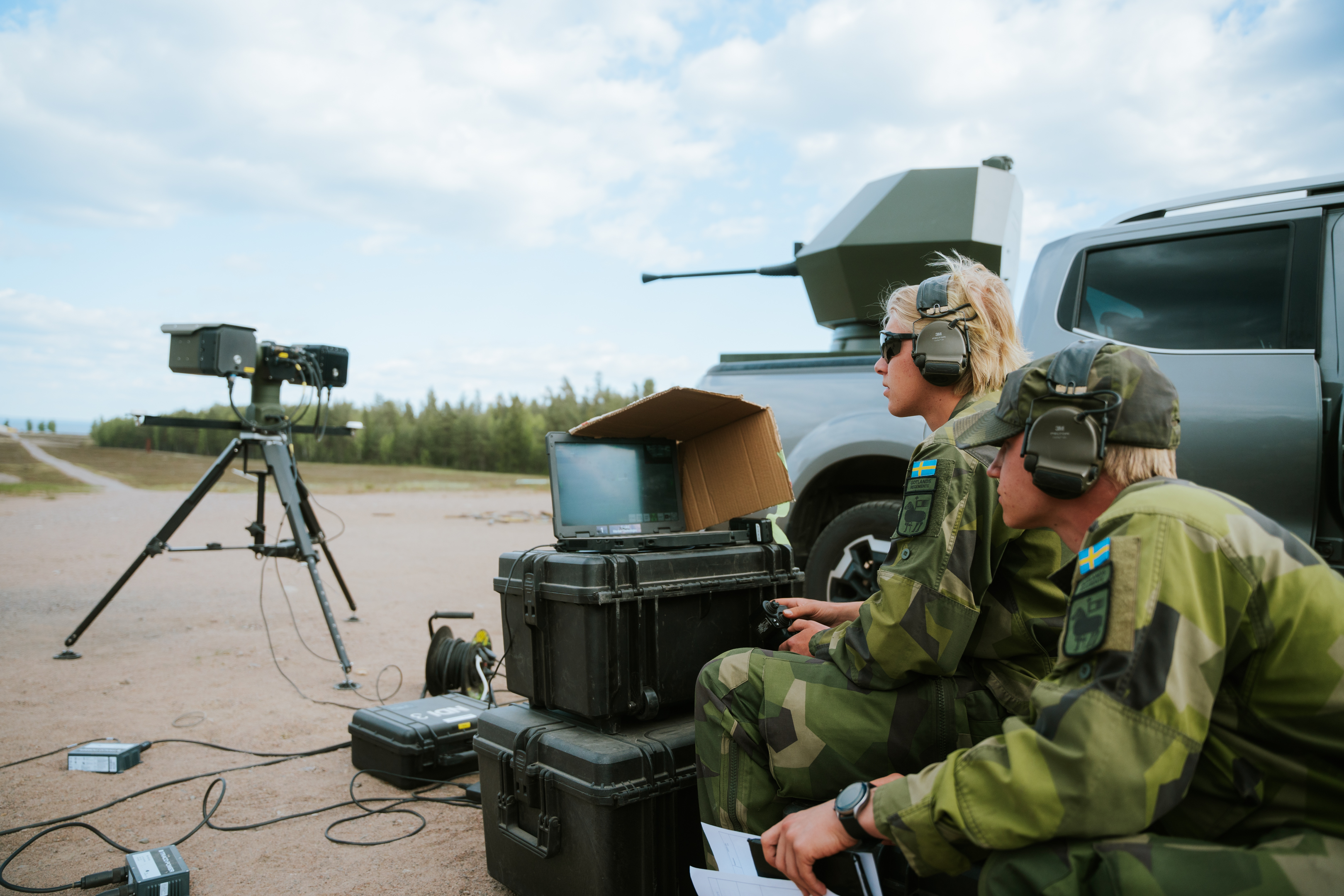
Marduk at DiBaX 2025 – Strengthening NATO’s Digital Backbone with Passive Optical CUAS
2 min readMarduk took part in NATO’s DiBaX 2025 in Latvia, showcasing our passive optical C-UAS technology.
Fiber-optic controlled drones are quickly emerging as one of the most disruptive threats on today’s battlefields. These drones don’t emit any signals, making them incredibly difficult to detect - and they’re now showing up more and more on the front lines in Ukraine. Most of the time, they’re carrying explosives, turning them into small, silent weapons that are tough to stop.
“During our recent visits to Ukraine, we’ve been told by Ukranian end-users that Russian units are using fiber-optic drones to fly past defensive lines and strike deeper targets — hitting support areas, logistics hubs, and other vulnerable positions behind the front,” says Leet Rauno Lember, COO of Marduk Technologies.
At Marduk Technologies, we design systems that deal specifically with threats like these. As drones become increasingly capable of adapting to countermeasures, we see that optical detection will define the next frontier in airspace security.
Unlike typical drones that rely on radio signals for control and video transmission, fiber-optic drones are physically tethered to their operators via a thin optical cable. Typically the cable can extend 20-30 km, in some cases these distances can be much bigger. These drones are transmitting real-time commands and video without emitting any radio-frequency signals.
The use of these drones has a big tactical advantage. In environments saturated with electronic warfare, where RF-controlled drones are routinely jammed or spoofed, fiber-optic drones remain unaffected. They fly invisible to electronic sensors, while still delivering high-resolution video and precision control. Ukraine and Russia are both deploying them for surveillance and kamikaze missions, especially in areas where jamming would otherwise cripple conventional drones.
Fiber-optic drones are designed specifically to avoid being detected. Their small size and composite materials give them a low radar cross-section (RCS), which are often too small to reliably pick up even on short-range tactical radars. Many of them fly low and slow, blending into ground clutter or slipping beneath radar horizons.
More importantly, they emit nothing on radio frequencies. With no radio signals to intercept, they’re invisible to RF-based sensors and unresponsive to jamming. Using acoustic detection may also be a challenge, as these drones are quiet enough to go unnoticed until they’re just meters away. In combat, soldiers have described them slipping through forests, buildings, and even into bunkers, which were once considered safe from aerial threats.
Ukrainian forces have resorted to new measures like mobile short-range radars and drone interception teams to cope with this threat. In some cases they use portable radars to detect incoming fiber-optic drones a few kilometers out, then launch their own drones to physically intercept them. While this has seen some success, it also seems really difficult: these radars are limited in range and, being active emitters, can themselves be detected and targeted by the enemy. Clearly, a more robust and passive solution is needed in these situations.
We see that this is exactly where passive optical detection becomes critical. While fiber-optic drones often hide from radar and RF detection, they can’t hide from optical detection.
High-resolution optical and thermal cameras can pick up what the human eye might miss - a small drone moving against the sky, heat from its motors, maybe even faint optical emissions from the fiber-optic cable. With the help of AI, these subtle details can be spotted and tracked in real time.
Unlike radars, EO systems can be completely passive, making them undetectable. They offer real-time tracking without giving away their position, which is essential in frontline deployments or around critical infrastructure.
Our detection systems at Marduk Technologies are designed with these exact challenges in mind. By specialising in passive wide-angle optics and intelligent classification software, our systems are able to pick out low-signature drones even in cluttered environments, handing off targets to responders/effectors with high precision.
Of course, no detection method works in isolation. That’s why we always advocate for a multi-layered approach: integrating passive optical detection with radar, RF, and effectors. Together, these layers provide comprehensive coverage, ensuring that even the hardest-to-detect drones can be intercepted.
As the skies fill with more activity and become increasingly complex, the threats above us won’t always announce themselves. At Marduk Technologies, we build systems to detect what others can’t.
Learn more about how our optical detection solutions can help protect your forces, borders, and critical infrastructure: info@marduk.ee

Marduk took part in NATO’s DiBaX 2025 in Latvia, showcasing our passive optical C-UAS technology.

Marduk Technologies signs MoU with Hanwha Aerospace at ADEX 2025 to advance C-UAS technologies and explore joint defence R&D opportunities.

Marduk Technologies recently showcased its SHARK system at Sweden’s GUTE C-UAS trials on Gotland, demonstrating advanced passive drone detection and targeting in real-world conditions.